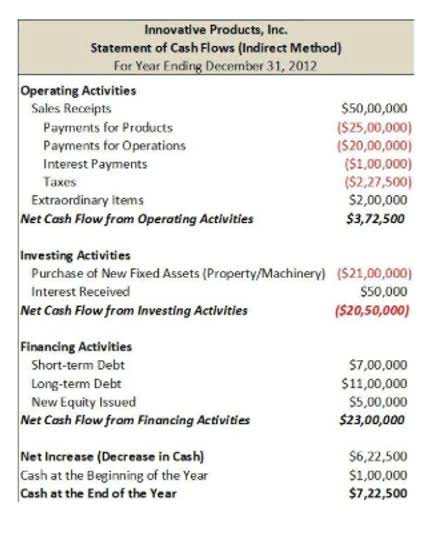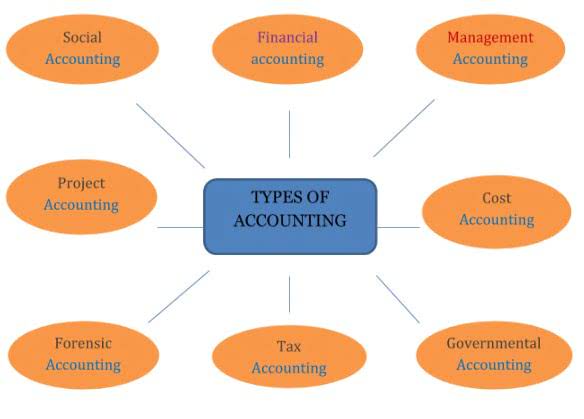
For instance, to increase asset and expense accounts, we simply record a debit and to decrease those accounts, we can record a credit. We will define what contra accounts are, the types of contra accounts and provide examples to illustrate. Each account in a general ledger will be designated debit or credit accounts depending on whether they’re categorized as assets, liabilities, revenues or expenses. On the Balance Sheet, contra-asset, contra-liability, and contra-equity accounts are typically presented directly below their related main accounts. For instance, Property, Plant, and Equipment is shown at its original cost, followed by a deduction for Accumulated Depreciation, resulting in Net Property, Plant, and Equipment.
Financial Controller: Overview, Qualification, Role, and Responsibilities
Or, https://techy-tech.com/2023/12/12/what-is-the-goal-of-the-matching-principle/ if they contain relatively minor balances, they may be aggregated with their paired accounts and presented as a single line item in the balance sheet. In either case, the net amount of the pair of accounts is referred to as the book value of the asset account in question. When a contra asset account is not stated separately in the balance sheet, it may be worthwhile to disclose the amount in the accompanying footnotes, where readers can readily see it.

Example of Contra Accounts in Use
- At this point, it isn’t known which accounts will become uncollectible so the Accounts Receivable balance isn’t adjusted.
- Contra accounts exist when the account reported on the balance sheet needs to be reduced by a different account to show its true value.
- To illustrate the use of contra accounts, consider a business accounting for bad debt expenses when customers fail to fulfill payment obligations.
- By doing so, you can more clearly see the total amount of the related asset account, which would otherwise have been obscured by the offsetting amount of the reserve.
- Unlike liabilities, contra assets are valuation accounts directly linked to specific assets.
- They ensure that financial statements adhere to standardized accounting practices, enhancing the credibility and comparability of financial reports.
Positioned alongside their related accounts on the balance sheet or income statement, they reflect adjustments such as depreciation, allowances, or returns. For example, accumulated depreciation, a contra asset account, reduces the book value of fixed assets, offering a more accurate depiction of their worth over time. This adjustment is critical for stakeholders making decisions based on asset valuations.
What is the Effect of Contra Accounts to the Balance of Related (Paired) Account?
- Seeing spikes in returns or discounts visually can help you pinpoint problem areas faster than numbers alone.
- Calculating and estimating allowances are crucial steps in financial reporting to ensure that a company’s balance sheet reflects accurate values for its assets.
- A business might elect to separately state contra asset accounts on its balance sheet, so that the users of its financial statements can obtain additional information about the contents of these accounts.
- This presentation method ensures that both the original value and its reduction are visible.
- This allows businesses to present the gross amount of an item alongside its net or book value, providing a more realistic financial picture without altering the original account’s historical record.
- This account captures the value of goods returned by customers or price reductions for damaged or defective merchandise.
The balance sheet would show the piece of equipment at its historical cost, then subtract the accumulated depreciation to reflect the accurate value of the asset. In liabilities, contra accounts like discount on bonds payable reduce the carrying amount of bonds, aligning recorded liabilities with the actual amount owed. Equity accounts also have contra counterparts, such as treasury stock, representing the cost of repurchased shares and reducing total equity reported. The two most common examples of contra asset accounts are the accumulated depreciation contra account, and the allowance for doubtful debts what are contra asset accounts contra account.
The Contra Liability Account
Doing it properly keeps your financial statements accurate and compliant with accounting standards. Financial leaders depend on accurate budgeting, forecasting, and risk management data. If revenue or assets appear higher than they actually are, you may make poor financial choices.

A delivery van is purchased by a business to use in delivering product and picking up materials. The company uses Straight-Line Depreciation to track the loss of value of the asset over time. Contra accounts are found across different financial statement categories, each serving a distinct purpose in refining reported values. This approach ensures your AI in Accounting financial statements don’t overstate your expected cash inflow. The allowance for doubtful accounts is used to estimate the portion of accounts receivable that may not be collectible.

The Critical Role of Contra Accounts in Accurately Depicting Financial Position
Contra accounts are a little tricky to think about when you are first starting out. Years ago, a mid-sized electrical contracting client of ours was struggling with profitability despite seeing strong sales numbers. Their income statement showed $2.5 million in sales, but their net sales were only $2.1 million. Contra accounts also help you follow important accounting tenets, like the matching principle, which says you need to record expenses in the same period you recognize related revenues. When done correctly, these steps help ensure clarity in your financial statements.

The Allowance for Doubtful Accounts carries a credit balance that reduces the total amount of accounts receivable to show the amount that the company expects to collect. In this example, sales returns and allowances reduce gross sales by $5,000, leaving $70,000 in net sales. If the company also offered $2,000 in early payment discounts, reported net sales would fall further to $68,000. Recording these adjustments in contra revenue accounts ensures that reported revenue reflects actual cash inflows. Accumulated Depreciation is a contra asset account utilized to record the total depreciation of a fixed asset over time.
- Another contra-asset is the Allowance for Doubtful Accounts, which is paired with Accounts Receivable.
- They typically appear just below the related asset, with their credit balances reducing the total value of the assets, showing the net amount that’s carried on the books.
- It allows for a clear audit trail and a nuanced understanding of how certain values have changed over time.
- By accurately tracking these reductions, you ensure you’re not overpaying—or underreporting—your taxes.
- The purpose of the Allowance for Doubtful Accounts is to track the reduction in the value of the asset while preserving the historical value of the asset.
- Imagine a company that offers an early payment discount to its customers, reducing their invoiced amount by 5% if paid within one week of invoicing.
The accumulated depreciation will ultimately reduce the value of fixed assets when the two accounts are netted with each other. On the balance sheet, subtract contra assets from assets and adjust liabilities using contra liability accounts. On the income statement, subtract contra revenue accounts from gross sales to show net revenue. When a customer takes advantage of early payment discounts, you also adjust revenue to reflect the actual amount received.